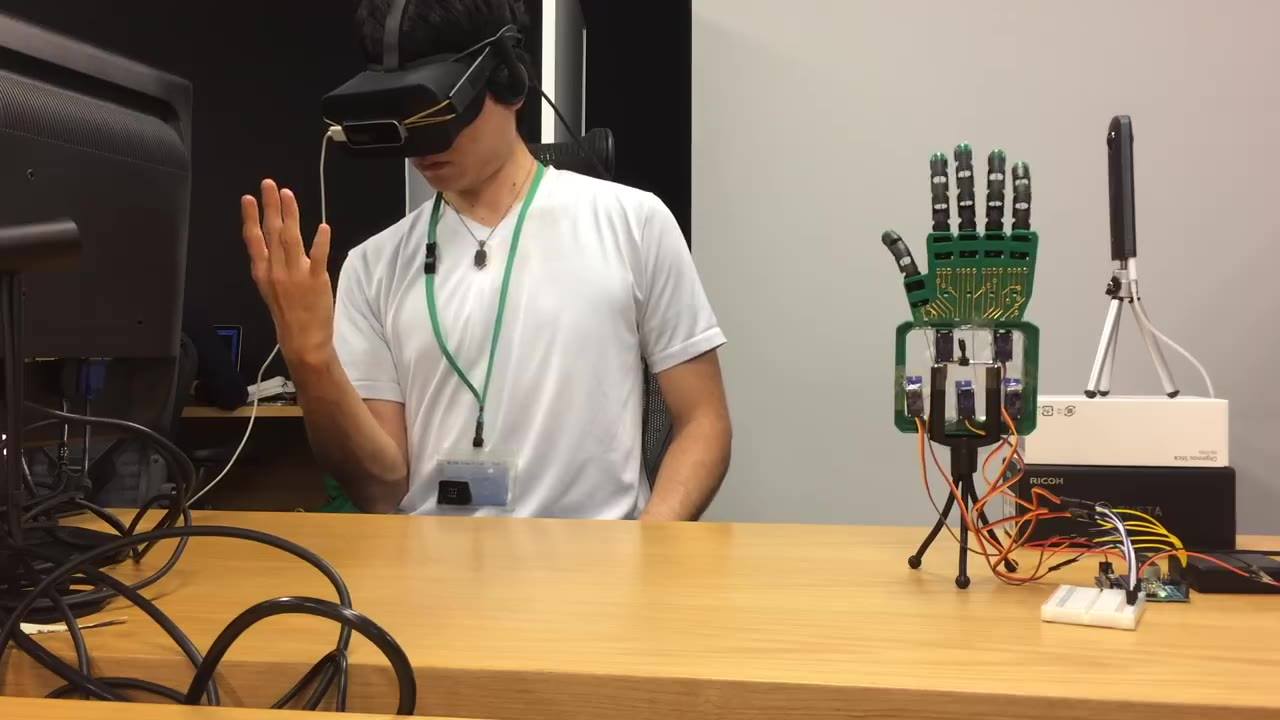Watch as this brain-controlled robotic hand allows this man to regain his sense of touch.
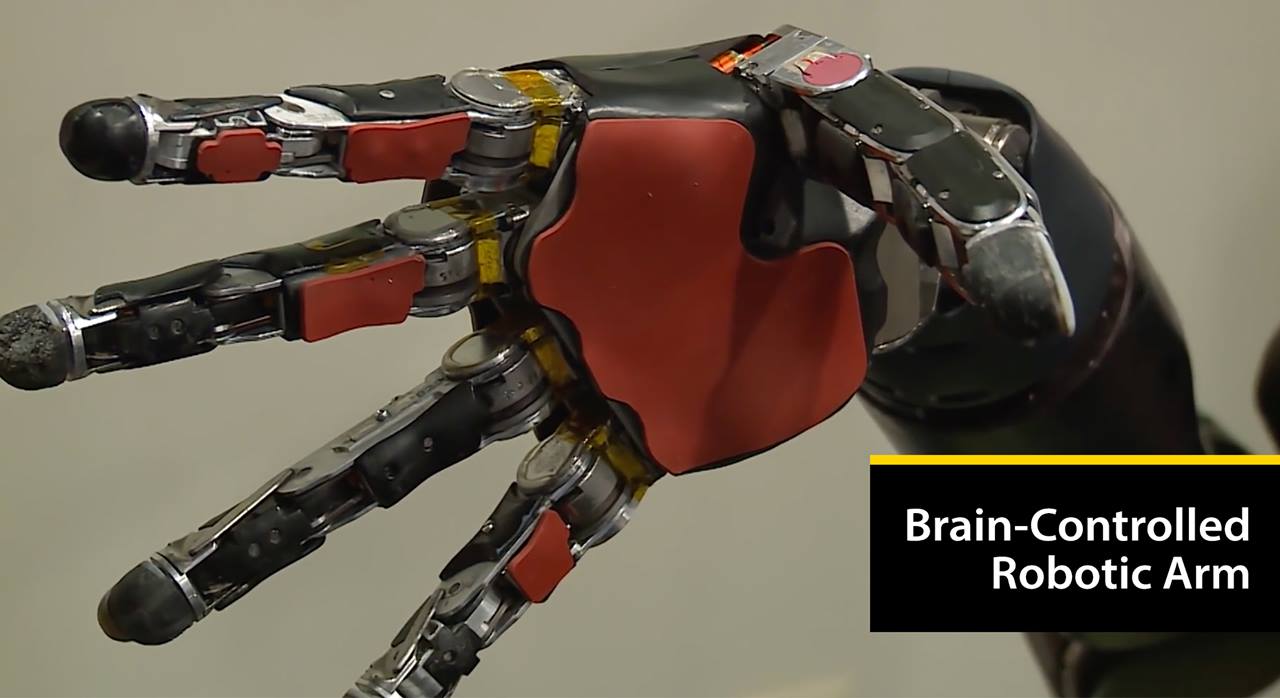

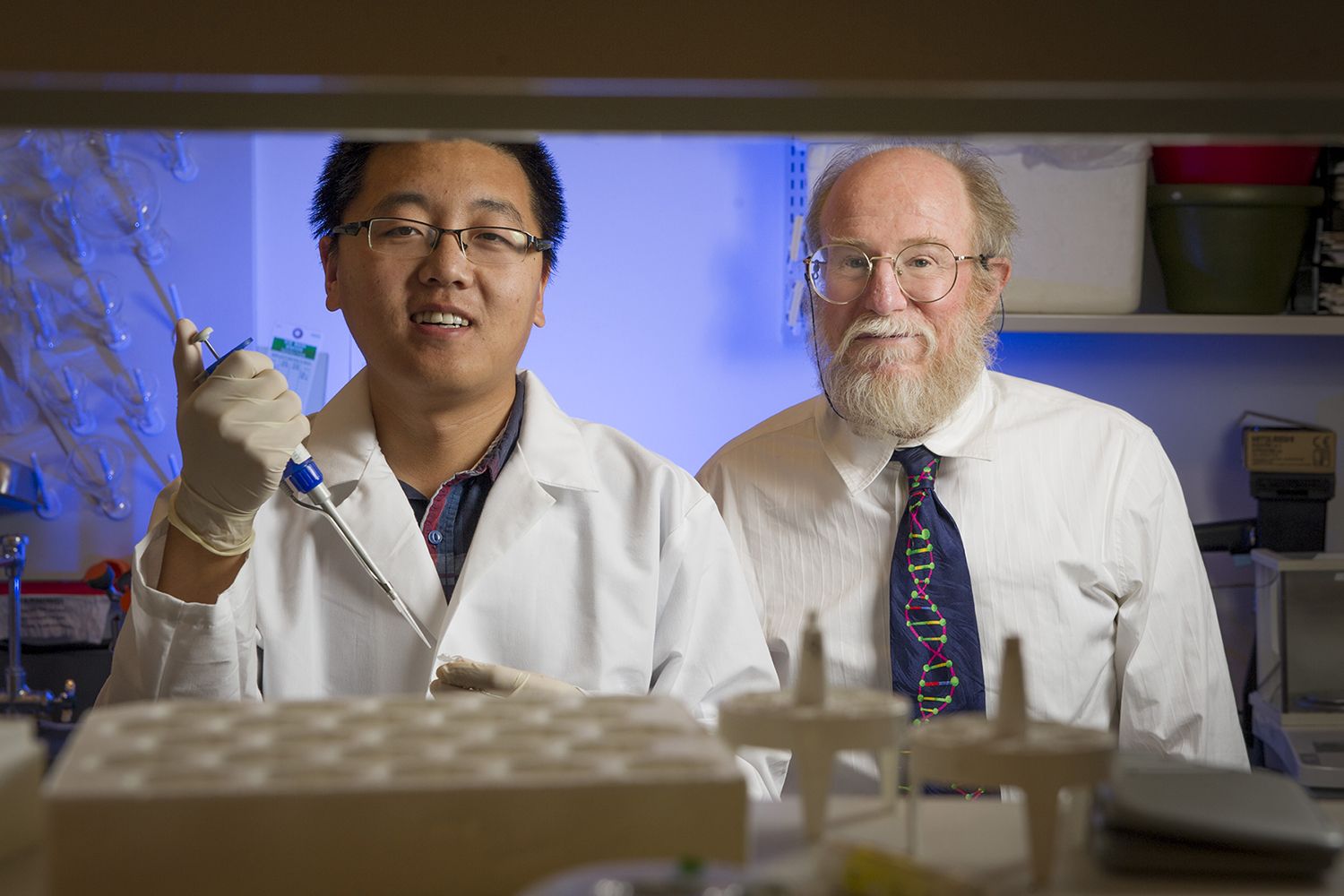
SciWorks Radio is a production of 88.5 WFDD and SciWorks, the Science Center and Environmental Park of Forsyth County, located in Winston-Salem.
We’ve come a long way from stone tools. With great complexity, we manufacture things like jet airplanes, interplanetary probes, medical tools, and microprocessors. We build with a top-down approach, starting with a big picture concept which we then design and assemble in pieces.
Duke University professor of computer sciences, Dr. John Reif, notes that nature works from the bottom up to assemble complex structures in three dimensions.

Machine learning will drop the cost of making predictions, but raise the value of human judgement.
To really understand the impact of artificial intelligence in the modern world, it’s best to think beyond the mega-research projects like those that helped Google recognize cats in photos.
According to professor Ajay Agrawal of the University of Toronto, humanity should be pondering how the ability of cutting edge A.I. techniques like deep learning —which has boosted the ability for computers to recognize patterns in enormous loads of data—could reshape the global economy.
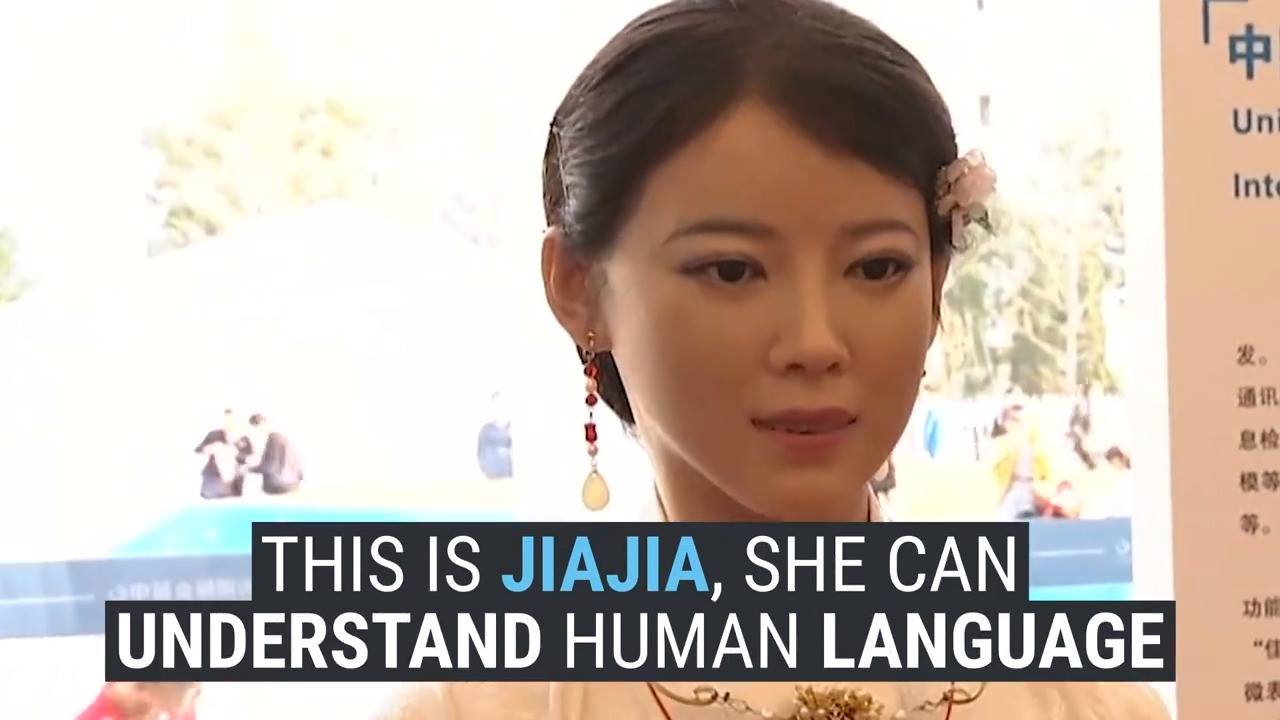
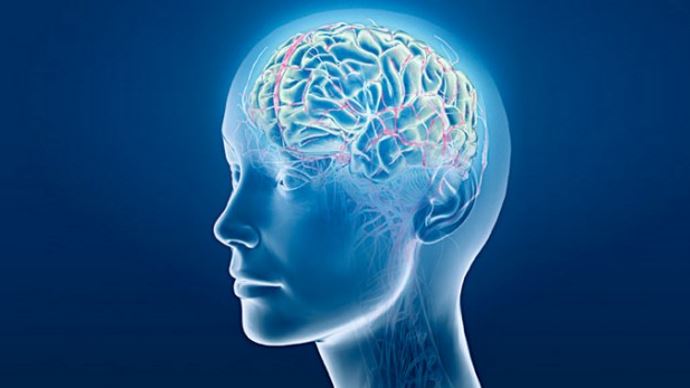
Encryption is something we all rely on regularly to keep our information safe online, but many of us have experienced it since childhood, and in fact probably used it in school. If you ever wrote out a message in code that nobody could read without they knew the decipher rules, you messed around with encryption!
That same secret message technique has now been put to a much more worrying use. Google has created multiple AI and they’ve learned how to not only create their own encryption, but are now communicating using messages nobody else can read.
This Google Brain project is an experiment in deep learning techniques and involved the use of three neural networks (Alice, Bob, and Eve) created using artificial neurons. These neural nets work like a much simplified version of our brains, and they are slowly and steadily becoming more intelligent.

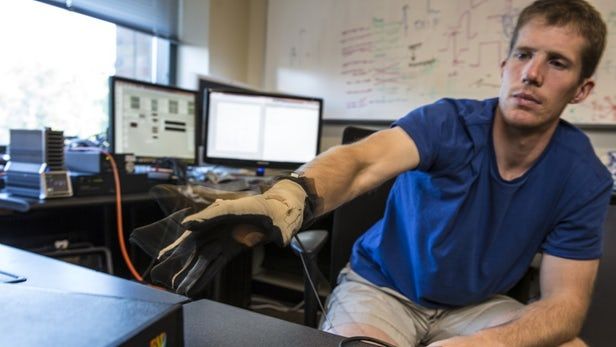
There have been significant advances in developing new prostheses with a simple sense of touch, but researchers are looking to go further. Scientists and engineers are working on a way to provide prosthetic users and those suffering from spinal cord injuries with the ability to both feel and control their limbs or robotic replacements by means of directly stimulating the cortex of the brain.
For decades, a major goal of neuroscientists has been to develop new technologies to create more advanced prostheses or ways to help people who have suffered spinal cord injuries to regain the use of their limbs. Part of this has involved creating a means of sending brain signals to disconnected nerves in damaged limbs or to robotic prostheses, so they can be moved by thought, so control is simple and natural.
However, all this had only limited application because as well as being able to tell a robotic or natural limb to move, a sense of touch was also required, so the patient would know if something has been grasped properly or if the hand or arm is in the right position. Without this feedback, it’s very difficult to control an artificial limb properly even with constant concentration or computer assistance.
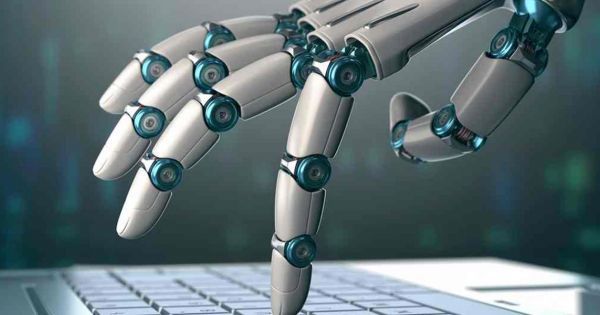
Tough times lay ahead for human workers. With the advent of automation comes a much smaller job market and an ever-shrinking work force. Jobs traditionally held by humans are now being taken over by robots and computer software. Now, another job sector is being threatened by automation: the public sector.
A study conducted by Oxford University and Deloitte, a business advisory firm, found that 850,000 public sector jobs in the UK are at risk of being lost by 2030 due to automation. The report also mentions how more than 1.3 million administrative jobs in the public sector have a 77% probability of being automated. These jobs include highly repetitive jobs like clerical work and transportation work.
–This report comes as good news to fiscal policy makers who wish to cut costs. It shows the government can save up to £12 billion in public sector wages by 2030.
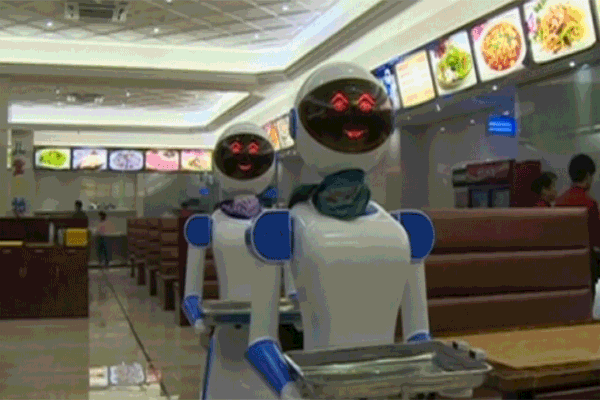
Within 20 years nearly all jobs will be automated and will lead to a human revolution, claims top futurist philosopher.
Futurist and architect Jacque Fresco speaks in parables. If he goes on too long with a story, his 40-year partner Roxanne Meadows interjects facts to keep him on track. Fresco recently turned 100 years old, and is the oldest celebrity futurist in the world. His magnum opus is The Venus Project, a 21-acre Central Florida Eden with white dome-shaped buildings that Meadows and he hand built over three and a half decades. The sanctuary and research center is where Fresco still leads weekly seminars, which includes a tour of 10 buildings—some filled with hundreds of future city models inside them—that highlight the promise of a future world where equality and technology abound.
